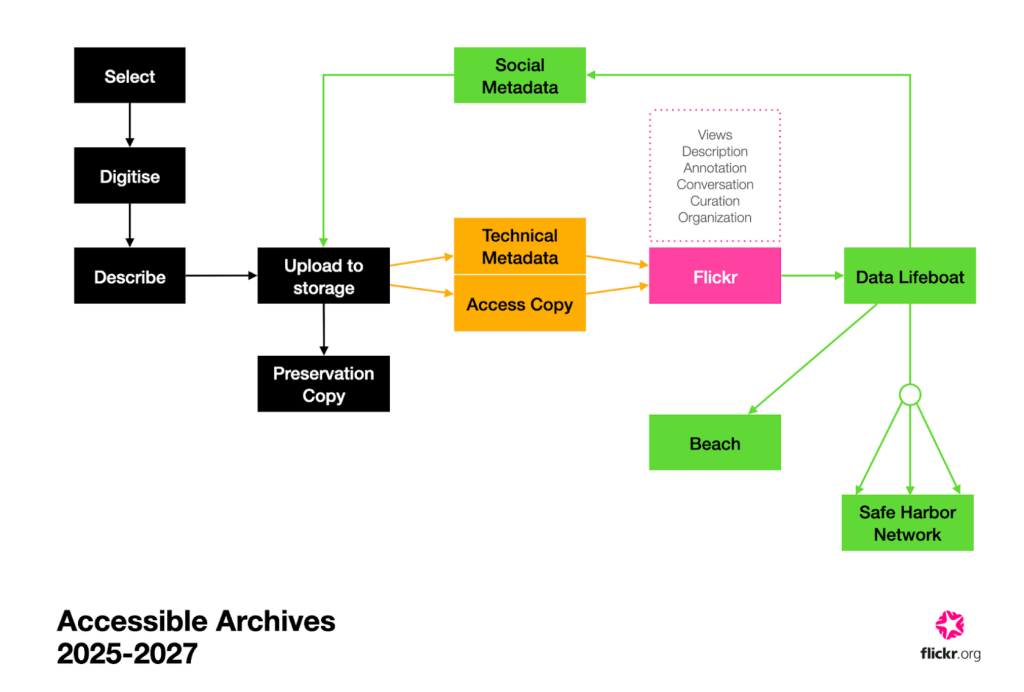Today we’re pleased to release Flinumeratr, our first toy. You enter a Flickr URL, and it shows you a list of photos that you’d see at that URL:
This is the first engineering step towards what we’ll be building for the rest of this quarter: Flickypedia, a new tool for copying Creative Commons-licensed photos from Flickr to Wikimedia Commons.
As part of Flickypedia, we want to make it easy to select photos from Flickr that are suitable for Wikimedia Commons. You enter a Flickr URL, and Flickypedia will work out what photos are available. This “Flickr URL enumerator”, or “Flinumeratr”, is a proof-of-concept of that idea. It knows how to recognise a variety of URL types, including individual photos, albums, galleries, and a member’s photostream.
We call it a “toy” quite deliberately – it’s a quick thing, not a full-featured app. Keeping it small means we can experiment, try things quickly, and learn a lot in a short amount of time. We’ll build more toys as we have more ideas. Some of those ideas will be reused in bigger projects, and others will be dropped.
Flinumeratr is a playground for an idea for Flickypedia, but it’s also been a context for starting to develop our approach to software development. We’ve been able to move quickly – this is only my fourth day! – but starting a brand new project is always the easy bit. Maintaining that pace is the hard part.
We’re all learning how to work together, I’m dusting off my knowledge of the Flickr API, and we’re establishing some basic coding practices. Things like a test suite, documentation, checks on pull requests, and other guard rails that will help us keep moving. Setting those up now will be much easier than trying to retrofit them later. There’s plenty more we have to decide, but we’re off to a good start.
Under the hood, Flinumeratr is a Python web app written in Flask. We’re calling the Flickr API with the httpx library, and testing everything with pytest and vcrpy. The latter in particular has been so helpful – it “records” interactions with the Flickr API so I can replay them later in our test suite. If you’d like to see more, all our source code is on GitHub.
You can try Flinumeratr at https://flinumeratr.glitch.me. Please let us know what you think!


